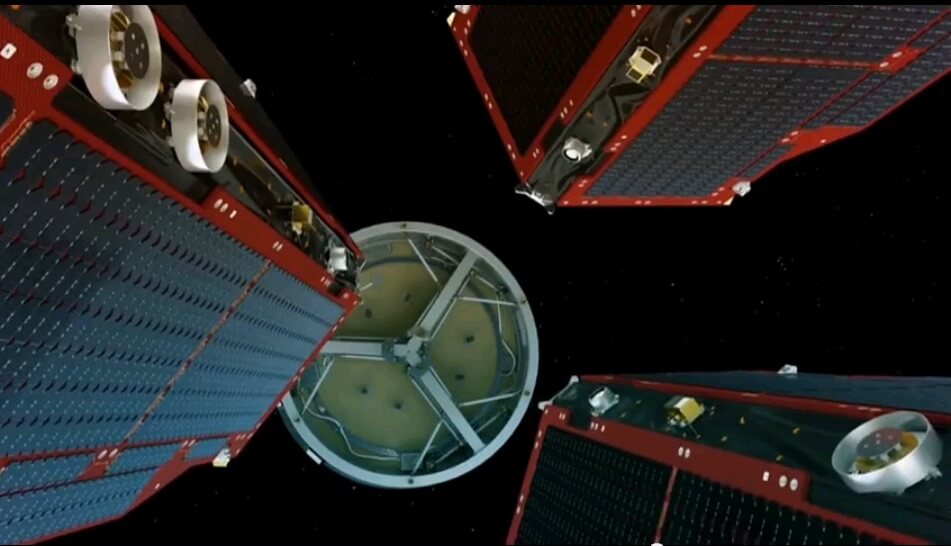The spacecraft will examine why the magnetic field is weakening and what its rate of weakening is, and how this will have an effect on global climate changes

A swarm of three satellites of the European Space Agency that will move in space in coordination with each other were launched last Friday on a Russian rocket to a near-polar orbit.
For four years they will monitor the Earth's magnetic field from deep in the planet's core to the height of the upper atmosphere.
The SWARM satellites will provide a detailed view of the complex operation of the magnetic field that protects the biosphere (the layer where living things reside) from the ionized particles and cosmic radiation. They will make precise measurements to assess the extent of the current weakening of the magnetic field and understand how it contributes to global changes.
As mentioned, the satellites were launched on November 22, 2013 at noon (12:01 GMT) from the Plastesk space center in northern Russia. 91 minutes later, the final stage of the rocket released the flurry of satellites into a near-polar circular orbit at an altitude of 490 kilometers.
All three satellites are controlled by ESA teams from the control center in Darmstadt, Germany. Over the next three months, their scientific instruments will be tested and they will be moved to their final orbits.
Two of the satellites will fly side by side at a distance of about 150 kilometers from each other as measured when they pass the equator, and at an initial height of 460 kilometers while the upper satellite will be raised to a higher orbit of 530 kilometers.
"SWARM should help us fill the gap in our knowledge of the Earth system while monitoring global changes," said Volker Leibick, Director of Earth Observations at the European Space Agency. "They will help us better understand the field that protects us from the particles and radiation coming from the sun."
